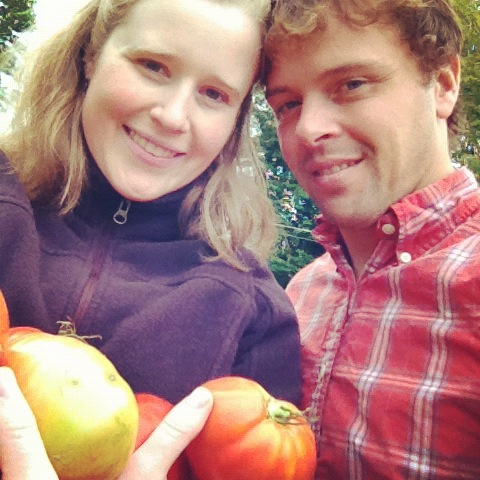The first year we tried storing our carrots in a cooler mixed with dirt in the barn. Our barn was too cold to keep them all from freezing and we lost that crop.
This worked quite well, actually, as the heat from the basement woodstove warmed the bulkhead just enough to keep it above freezing and the snow insulated the bulkhead from above.
But then we had a January thaw, which took away most of the snow, and then a deep freeze, which brought the bulkhead below freezing (about 25F at the coldest time). This was enough to put many of the carrots through a freeze and thaw cycle that ruined their freshness. We still had some, well quite a few, to use. But the novelty of having a simple solution for our winter storage had worn off. Plus, I knew all along that the bulkhead just was not a large enough area if we ever wanted to increase our production.
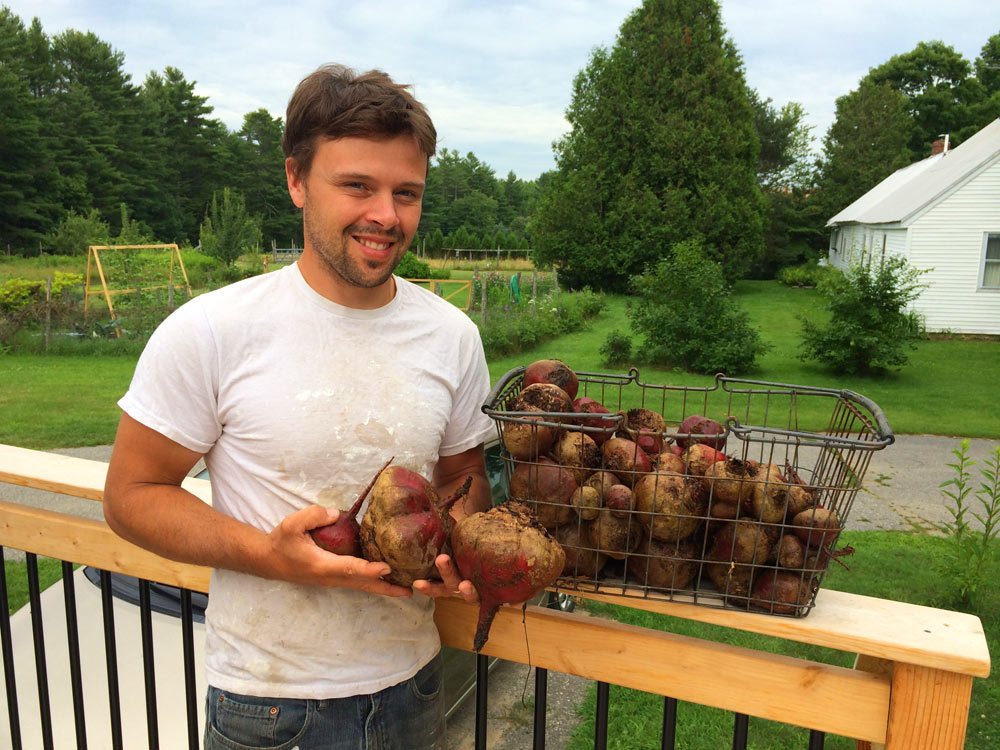 Here I am with the beets that made it through our second winter in the bulkhead.
Here I am with the beets that made it through our second winter in the bulkhead. It isn’t a basement, but along the north side there is about five feet of head room, which decreases as you move to the other side of the barn, until about halfway across there is only about three feet to work with. I had always imaged this area as a possible cold storage/winter storage area (i.e root cellar).
When I had first gone into this area in the summer of 2012, I noticed how much cooler it was compared to the temperature outside. This made me think about digging out a 10’x12’ or so area at about 6 feet high ( I am 5’7” so I don’t need more), putting in framed and insulated walls, and seeing if this might just serve as a permanent place to store our vegetables – both in summer when we need a cold room for freshly picked veggies and in winter when we need to store all the wonderful cold hardy crops.
However, as anything in farming, a thought is just a thought until you take action. This fall I set out digging. With shovel, pickax, pry-bar and wheelbarrow I picked away at the dirt and rocks in my way. Thankfully, I have a pole barn adjacent to the backside (northern side) of the barn – about 40 feet away- that is built on the same natural slope as the main barn, except there is no level floor in the pole barn. It just has a dirt floor that drops about three feet from side to side. This setup allowed me to fill the wheelbarrow under the main barn, push it downhill to the pole barn and then dump it on the lower side of dirt floor, thus slowly creating a level surface.
I did this goodness knows how many times. I also built a base support wall on two sides of the pole barn from rough timber gathered from the woods, interlocking them in a kind of log cabin style so as to support each other and, most importantly, the dirt I was putting down.
I didn’t expect to also have to pry out huge fieldstones that must have been part of the original barn foundation hidden underneath the surface of the ground. I pulled out about ten of these stones, some larger, some smaller. I think the largest one was about five-hundred pounds, the smallest just around one-hundred pounds. Talk about a workout!
We are at a point now where I have finally finished digging out the area, leveling the ground (and the pole barn), and have started framing and insulating. It has taken me two efforts, spread out over two years, to do this. I had stopped my original effort because I was partially satisfied with the bulkhead as a storage option. I go by the creed that most often the simplest solution is best, as long as it is effective. But knowing this year that I was bound to again lose produce I otherwise could have kept and used, I started up again. More importantly, we do now plan to expand and grow our vegetable plots. We will need a cold storage place for freshly picked produce before it is delivered to market. This root cellar will serve as the perfect solution.
The root cellar itself will not be energy free. We are using the energy of the ground both as an air conditioner (for lack of a better term) in summer and insulator in winter. Conveniently this area has two small windows that allow in light, circulate air, and can also hold an AC unit, which can be tricked into regulating the air temperature below a typical range. In winter a heater of some kind (I haven’t decided which kind yet) can also be used for the same purpose, to keep temperatures at or above freezing. Again, it is the ground, the insulated walls and ceiling that will be doing the bulk of the temperature control, the AC unit and heater should do the rest.. It will be interesting to actually see how much, but that is the idea.
A root cellar can come in many shapes and forms. The first one I ever saw was at a farm my family and I lived on in Triform, New York. My boyhood friend Marcus showed it to me one day – I had no idea it was there. It was a square hole dug straight down into the ground about fifteen feet. There was a little hanging light at the top one could turn on to see, and a ladder down into the center of the cellar that Marcus and I climbed down. At seven years old this was like entering into a newly discovered underground world. It was cool, slightly damp and dark, except for the dim yellow light from above. There was a dirt floor and wooden shelves and wooden barrels with vegetables in them. I can’t remember what type, but everything clicked immediately in my mind when we were down there. What an amazing place to store food!
I have helped, along with many others, build another root cellar with a friend of mine, Sam Systma and his wife Jess, much later in life. This one had a slightly different design – it was built into the side of a small hill, much like mine, but then covered in dirt once the structure had been built. It was beautifully designed and worked brilliantly. I expected no less from Sam and Jess. If you have ever heard them play their instruments together, or sing, you would know what I mean.
I am hoping our new root cellar will work nearly as well. I will update the progress of the root cellar as it nears completion. We should have ours working by the spring. Root cellars are an efficient and cost-effective way to store vegetables both short and long term. They are not at all complicated to build. You just have to be willing to do the work. Now that the heavy lifting is complete there are walls to finish, a trap door to build that will grant access to the main floor of the barn during the winter, an electric line to run, and a few other things I am sure. It is always a treat to marvel in the completed work. I hope to this summer when I see cool fresh greens in wooden crates sitting in the root cellar waiting to be delivered to market.
Davyd
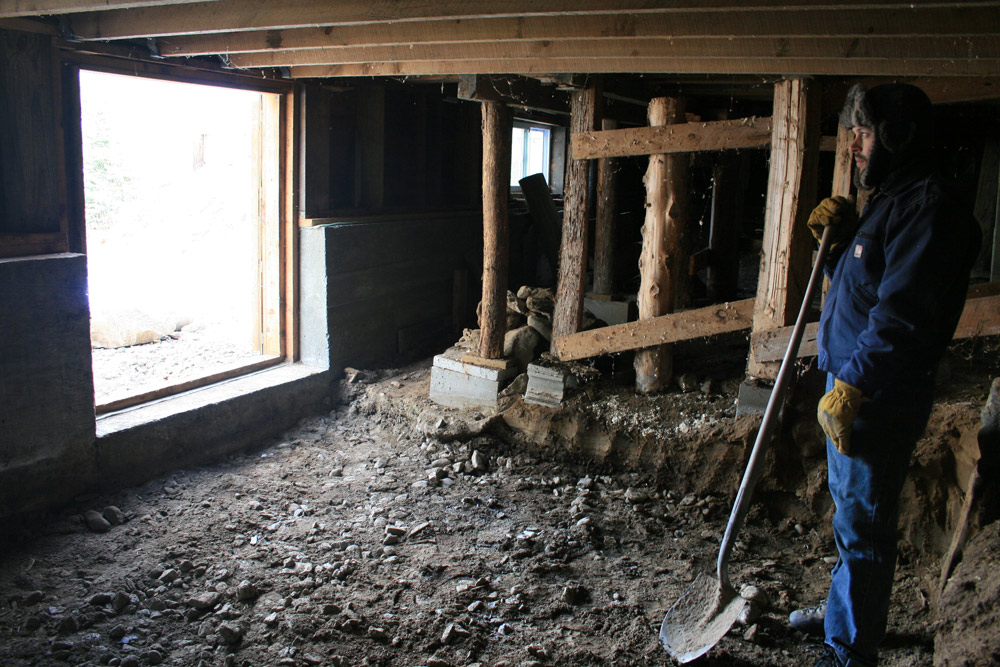
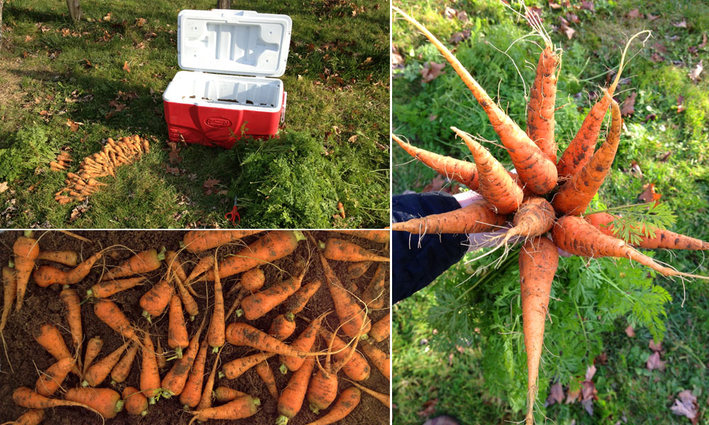
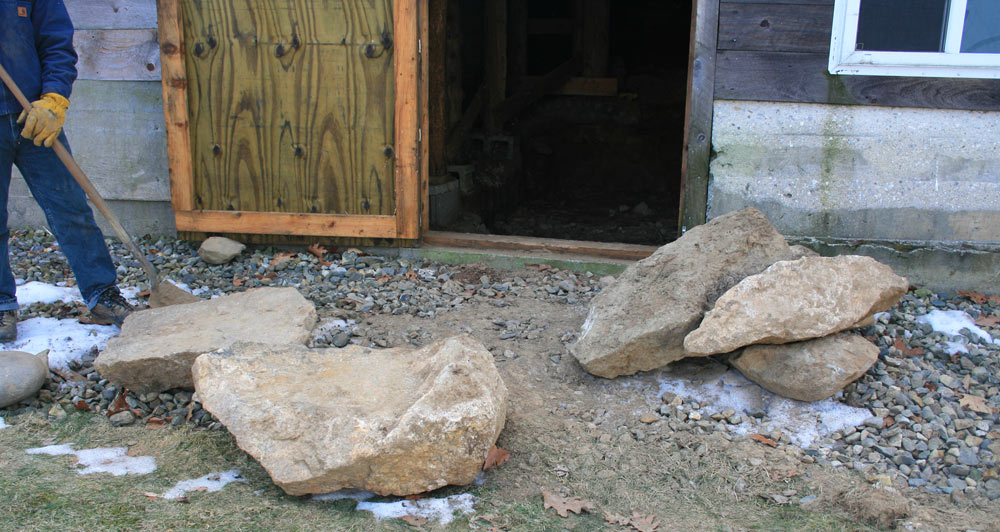
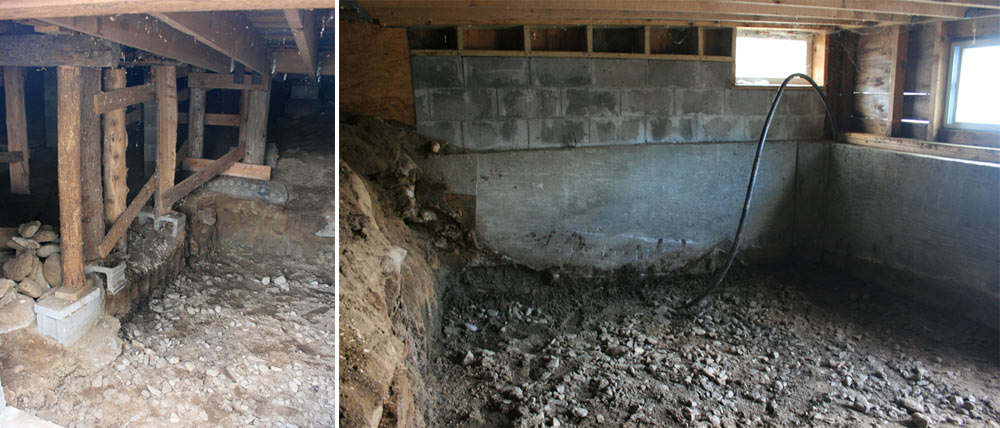
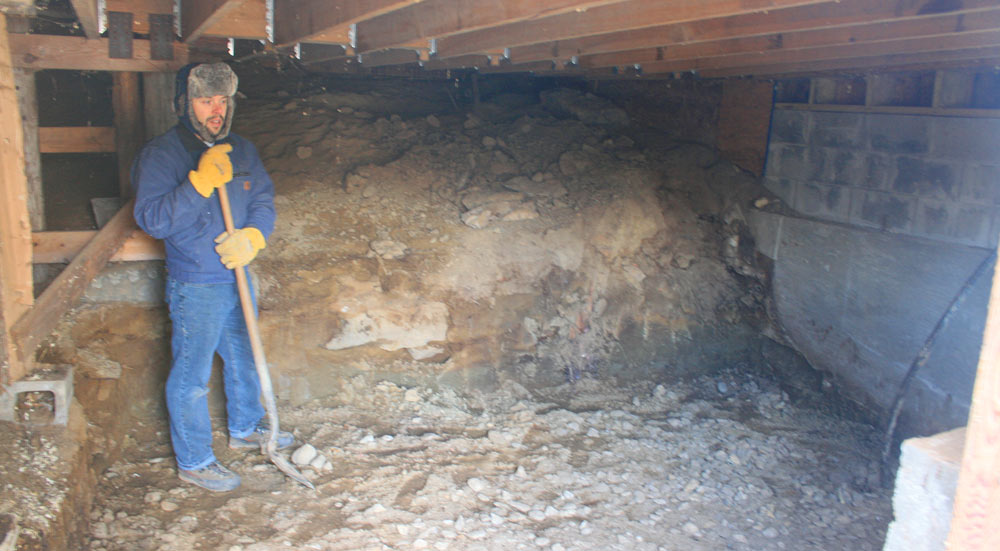
 RSS Feed
RSS Feed
